Sinking fund Ideas. Care to share what’s on your mind?
Ever heard the short phrase, “When life throws you a lemon, make lemonade” Essentially, it’s encouraging someone to stay upbeat and maintain a cheerful disposition in life.
It’s an inevitable fact that life happens, sometimes (or most of the time.) Even though we have prepared for the worst and the unknown, life happens. Nothing lasts forever, and nothing is guaranteed.
Most significantly, in the financial management department.
Unfortunately, according to recent surveys, 25% of Americans indicate having no emergency savings at all. Well, let’s not forget the strain of the pandemic that caused us.
But no matter how hard you anticipate events that will take place, there will always be something that will surprise you or caught you off guard.
Hence we cannot emphasize anymore the essence of making and having a budget.
We all know what a budget is and what it comprised—listing out expenses and deducting them from income. How hard can it be?
However, there’s a specific line item you should include in your budget.
Whether you’re a beginner budgeting geek or already a pro, a sinking fund will keep you afloat during tough financial times.
This post will talk about sinking fund ideas, plus a few practical tips on how to set up your sinking fund budget.
Ready to dive? Come on in!
Related reads: Questions About Saving Money? Here are all the Answers You Need
What is a Sinking Fund?

A sinking fund is far from its biased and negative connotation. So please don’t confer too much from the above image!
It may sound like a sinking fund will look like something that will hurt your finances and drop you dead, but it’s not like that. Not at all. As simple as it is, a sinking fund is generally money that you saved up or specifically set aside for specific and irregular expenses.
In other words, you set up a sinking fund for expenses that you anticipate beforehand. Not just bills and debts, but you also keep the money for upcoming expenses you generate and will most likely spend your money on in the future.
The term sinking may mean falling or becoming submerged, but a sinking fund in a budget encourages you to intentionally and consciously spend your money.
There’s nothing like feeling on every budget because you have a sinking fund that catches you up.
Sinking Fund vs. Emergency Fund
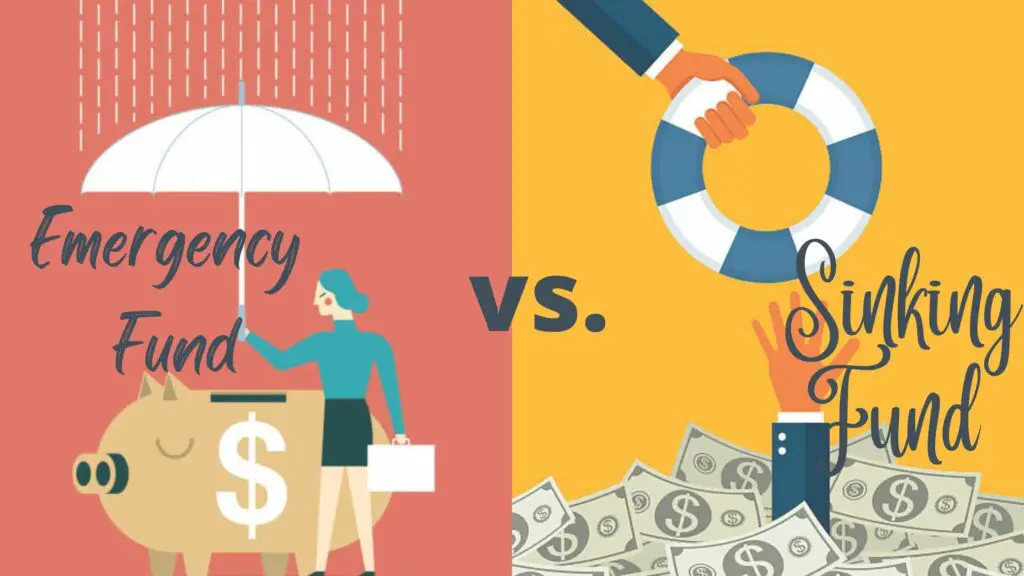
It may get confusing to pinpoint the difference between a sinking fund and an emergency fund.
Both can be a part of your budget, but both also play a more specific purpose.
So let’s start with the Emergency Fund.
An Emergency Fund is also known as your contingency fund. Usually, an emergency fund should be worth three to six months of your monthly expenses.
The primary purpose of an emergency fund is to act as a safety net for when life is a bitch. Therefore, an emergency fund is for unknown, unexpected, and undetermined expenses.
More importantly, it will fall on strictly for emergency use only. Therefore, it’s essential to appropriately evaluate whether you are in a position of emergency or not. Your emergency fund is not for casual expenses such as entertainment or hangouts.
For example, a sudden job loss due to a worldwide economic recession- nobody has thought about it or might be prepared for it. However, if you have an emergency fund tucked away, your life is saved.
Aside from helping you take care of unexpected expenses, an emergency fund will also help you stop piling up credit card debt and removes anxiety about money, thus increases your financial security.
On the other hand, unlike sinking fund, which is more on the definitive side of the spectrum, it caters to medium to short-term expenses.
Therefore, a sinking fund is for sure and known future expenses. You are stashing money for purchases you have in the coming days. For instance, you can set up a sinking fund for a new gadget you are eager to buy or for your beer money.
Sinking Fund vs. Savings
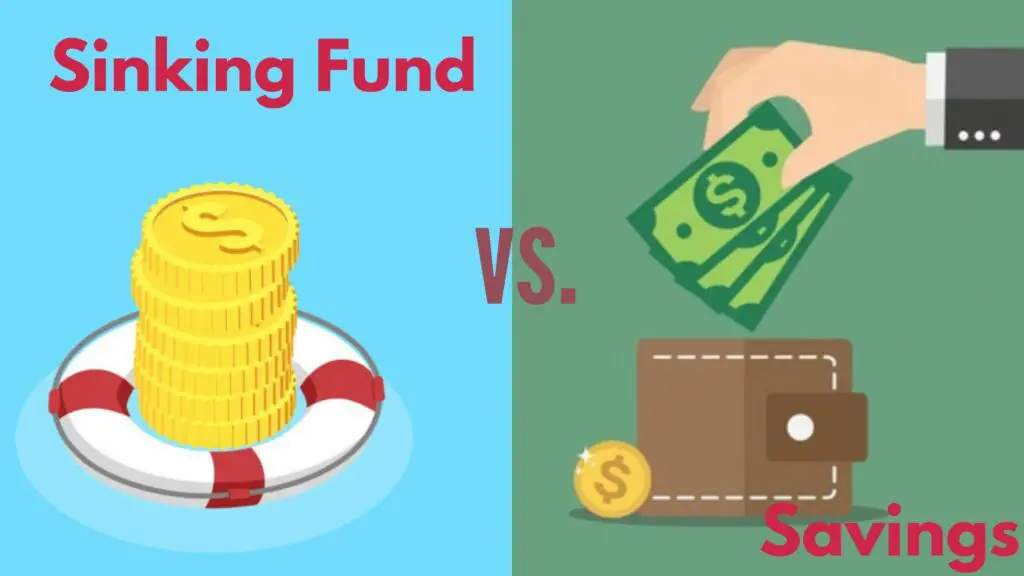
Now, how about savings?
Looking at it closely, these three (sinking fund, emergency fund, savings) are not that far from their core.
Essentially, both are strategic ways to save money and for budgeting purposes.
However, there’s still a subtle fine line, especially between sinking fund vs. savings.
A savings is a stash of money you keep for your specific purposes, most likely for the long term. You open a savings account, say, for your dream house downpayment.
On the other hand, a sinking fund is also a form of savings catered to certain expenses in the short term. For example, you must include a sinking fund budget for your weekend getaway.
So, in simple words sinking fund vs. savings- the only difference is the purpose plus the duration or timeline for each specific purpose.
What should you have sinking funds for?

Now, you may ask. If I already have an emergency fund plus savings, why the heck do I need a sinking fund?
This is why: as mentioned earlier, a sinking fund will keep you afloat and is more often used in a short period. Say, for example, you want to change your wall paint. Technically, you can dip into your savings or your emergency fund but it isn’t a life and death situation at all.
Hence, enter sinking funds.
If you want to change your wallpaper design or paint, you can save up money or a sinking fund for that area of expense.
You determine the amount it will cost plus the days or months it would take for you to come up with the exact amount.
That way, not only you prevented dipping into your savings or emergency fund; you are also practicing the art of budgeting.
You see, a sinking fund is more on the pre-determined and short-term expenses that will save you money in the long run.
What are sinking funds examples?
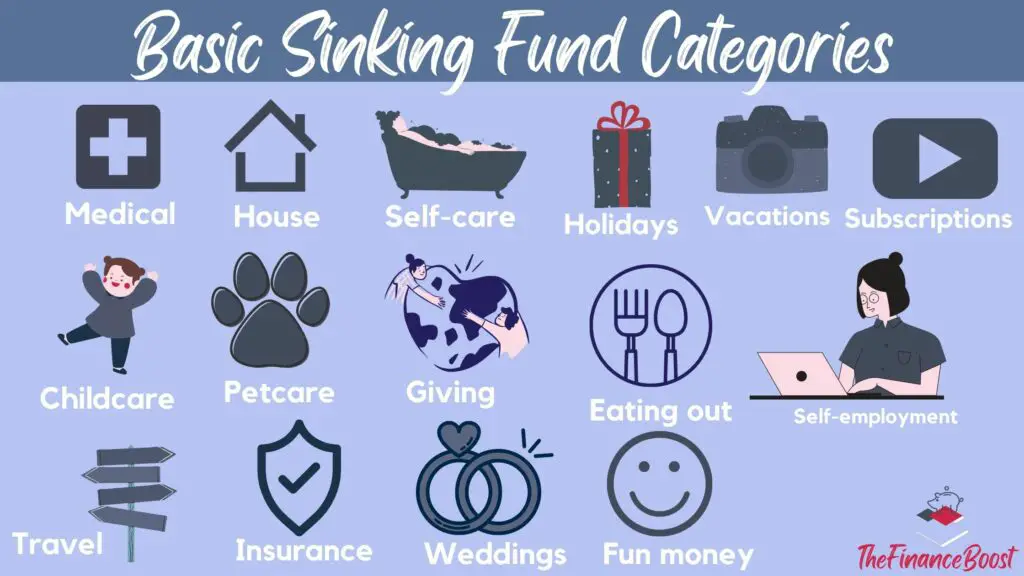
There are many categories of sinking funds that are also subdivided into subcategories. Below are sinking fund ideas you can include in your budget.
However, remember to suit it according to your needs or lifestyle.
1. Medical
As much as the emergency fund can include medical, sometimes there are medical expenses that are abrupt and repeating.
Ultimately, you can set up a sinking fund for it. Below are subcategories of sinking fund ideas for medical costs.
- Dentist appointments
- Check-ups
- Dermatologist
- Vision
- Annual Physical Exam (if not yet covered by your health provider)
2. House
There are home expenses to which you can set up sinking fund ideas. They are:
- Small house repair
- Furnishing
- Maintenance
- Repairs
- Fixing of leaks
- Pest control
- House extension
- Redecoration
- Room makeover
- Car expenses
3. Self-care
Furthermore, let’s not forget personal care. This is because self-love is not selfish.
If you have your weekly massages or nail care, you must have a specific sinking fund for your self-care day. But, more importantly, you deserve a good treat out of your hard work and hard-earned money.
- Spa
- Body and foot massage
- Nail care
- Hair cut, dye, or style
- Clothing and accessories
- Jewelry
- Shopping
4. Holiday Gifts
Another sinking fund ideas are holiday gifts. More often than not, we forget that time rushes by, and the next thing you know, it’s the time of the month again!
Allocate as early as the first month of the new year (if you must!) a sinking fund for special occasions and events that you are most likely will attend, or if you prefer to give gifts and treats to your loved ones and friends.
Holiday gifts sinking fund can have the ff:
- Christmas gifts
- Birthday gifts
- Corporate events
- Special treats for your special someone
5. Vacations
How do you feel like taking a vacation on a budget? Take out the adventure type in you! It’s time to include a sinking fund budget for your vacations, may it be solo or for a family trip.
Besides, when your vacation plan is well-thought from the start, it reduces the guilt you might feel after spending. With a sinking fund of vacation category, you can be sure to dictate where your money will go.
- Souvenir gifts
- Accommodations
- Transport
- Family reunion vacation
- Abroad trips and vacations
- Weekend getaway
6. Childcare
If you have a child, setting up a sinking fund for childcare is a smart move. More importantly, when they start going to school. Those tiny school project expenses can pile up.
Under the childcare sinking fund ideas, you can include here the following subcategories:
- School projects
- Miscellaneous fees
- Back to school supplies
- Toys
- Treats
- Foods, medicine, and vitamins
- School clubs or organizations fees and related expenses
- Tuition fees
- Graduation gifts
- Allowance
- School learning gadgets
7. Pet care
Now, if you don’t have a child but you are a pet owner, making a specific sinking fund or saving money for your beloved pets is incredible!
You can gain more control of your money by telling it where to go: Pet care!
- Vet check-ups
- Food
- Pet supplies
- Toys
- Grooming
- Vitamins and medicines
8. Giving
Furthermore, let’s not forget to have a sinking fund for giving.
If you are generous with what you have, you can give and receive more.
Try to at least contribute to your “giving” or “love” sinking fund. It doesn’t matter whether you can only fill in $10 weekly, so long as you care and giving from the heart.
- Donations
- Charitable acts
- Alms
- Stuff you would like to give away or decluttered
9. Eating out
Food can be one of the biggest expenses you could have. So as early as now, determine your lifestyle.
Do you prefer home cook meals or want it always on the go?
You can give way for your eating out sinking fund. Therefore, every time you have to go out or with your friends, you are on a budget-friendly meal.
- Dinner with friends
- Hangouts
- Get together with colleagues
- After school or after a work catch up
- Meetings
- Dates
10. Weddings
This life event deserves its own spotlight. Whether you or a friend of yours is getting married, wedding costs can quickly add up.
With your wedding sinking fund, you can spend money not just on gifts but also on more critical wedding stuff like accommodation, transportation, dress, and more.
Get creative with a wedding that is meaningful to you and your fiancé! It’s a memorable day to celebrate with family and friends who would see you start a life together debt-free and celebrating it with financial peace.
11. Travel
You can also include all the lists in the vacation sinking fund category for your travel sinking fund ideas.
Always remember that sinking funds are when you save for a particular event or goal monthly, so you don’t have a big expense all at once, for instance, travel.
You can have them for anything that you know you’ll have to buy eventually.
12. Insurance
You can also include an insurance sinking fund. That way, you will not get stressed when the bills came rushing in.
This is most beneficial, especially when you pay premiums annually or quarterly. If you are starting to set aside money for your insurance policy payment, when the due date comes, you can be stress and worry-free because you don’t have to look around for money available (and it prevents you from going into debts!)
13. Self-employment sinking funds
This is for those freelancers or independent contractors in addition to business owners.
Morever, if you run your own profitable business, you are expected to pay an income tax or a self-employment tax. Hence, don’t forget to allocate a sinking fund budget for this category.
14. Fun money
Closer to the self-care sinking fund, fun money is for your own will. This should be a part of your budget money where you can do anything and buy anything you want, for fun.
Think of it as a free budget for your wants. Depending on your personality and lifestyle, you can have fun money for several occasions:
- Recreational activities
- Adventures
- Special hobbies
- Paid learning class
- Entertainment
- Skills, webinars, training
- Night out
- Date with friends or significant others
15. Subscriptions and Annual Renewals
Lastly, online subscriptions and annual maintenance can be a pain in the neck.
Hence, set up a sinking fund for them! Or you could use an app such as Truebill to track your unused subscriptions and save you tons of money!
- Cable subscriptions
- Online app premium subscriptions
- Cellphone data plan
- Internet
- Social media subscriptions
- Wine subscriptions
- Monthly book subscriptions
How many sinking funds should you have?

Essentially, it doesn’t matter how many sinking funds line items you have in your budget.
As long as it serves its purpose- telling your money where to go instead of wondering where it went, you can live with three to five sinking funds or more- depending on your needs and wants.
Furthermore, it’s a matter of personal assessment because you are the one who got to decide what you want and includes in your sinking fund.
Depending on your current situation, you can choose from the above sinking fund ideas list or make your own.
Personally, I have five sinking funds, namely, (self-care, petcare, insurance, travel, and medical)
How do you budget for a sinking fund?

Depending on each person’s circumstances, here are the basics of budgeting for a sinking fund (again, a sinking fund will only work if it’s in a budget)
- Decide what sinking fund you are going to have and list them all out.
- Determine how much amount you can commit to saving for each sinking fund category.
- Divide the total amount by the months you need to come up or save up for that same amount.
- Start allocating it to your sinking fund budget or have it transferred to your sinking fund account.
Sounds easy, right?
All you have to do is decide which of the sinking fund ideas mentioned above suits you best and your lifestyle.
For example, a Holiday gifts sinking fund; this year, you have decided to have a $1000 budget for Christmas gifts starting September. Now, that leaves you three months to come up with the total amount, which leads to $330 each month.
So remind yourself to keep $330 every month-end and put it towards your sinking fund. You can also open a bank or checking account specifically for your sinking fund.
See? You are much likely saving money too. But this time, you are saving for purchases wisely.
Final thoughts
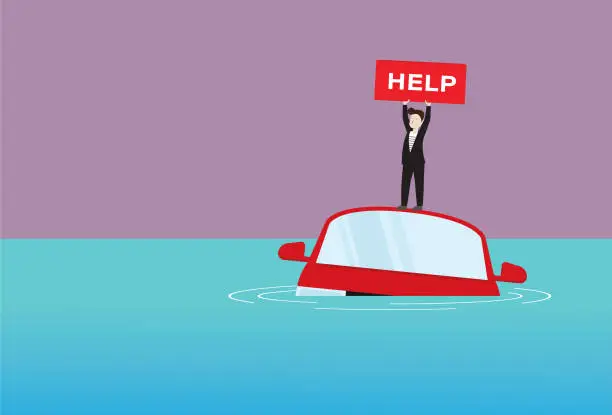
Above all, don’t let your purchases left you drowning.
It would be best if you were the one taking charge of your finances and not the other way around.
Essentially, plan for your future spending, whether large or small.
That way, you won’t get surprised by how many leaks your budget boat has already. Ultimately, your sinking fund can save you from getting by.
Do you have other sinking fund ideas in mind? Share it with us below!
For more practical budgeting tips and tricks plus saving money ideas, check out other blog posts.
We love to see you around here at The Finance Boost. Would you mind sharing this article with someone who might need it today or subscribe to this blog for more financial tips unlocking the mystery out of money?
To acing your money game!


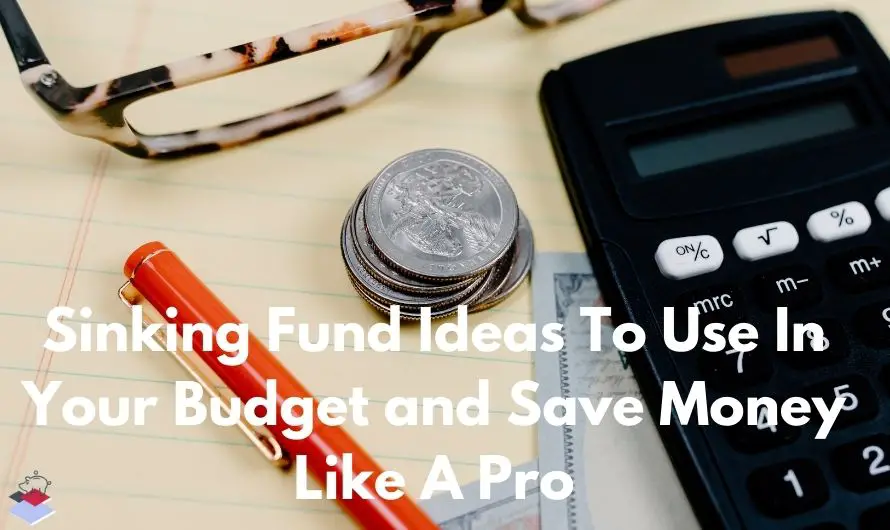
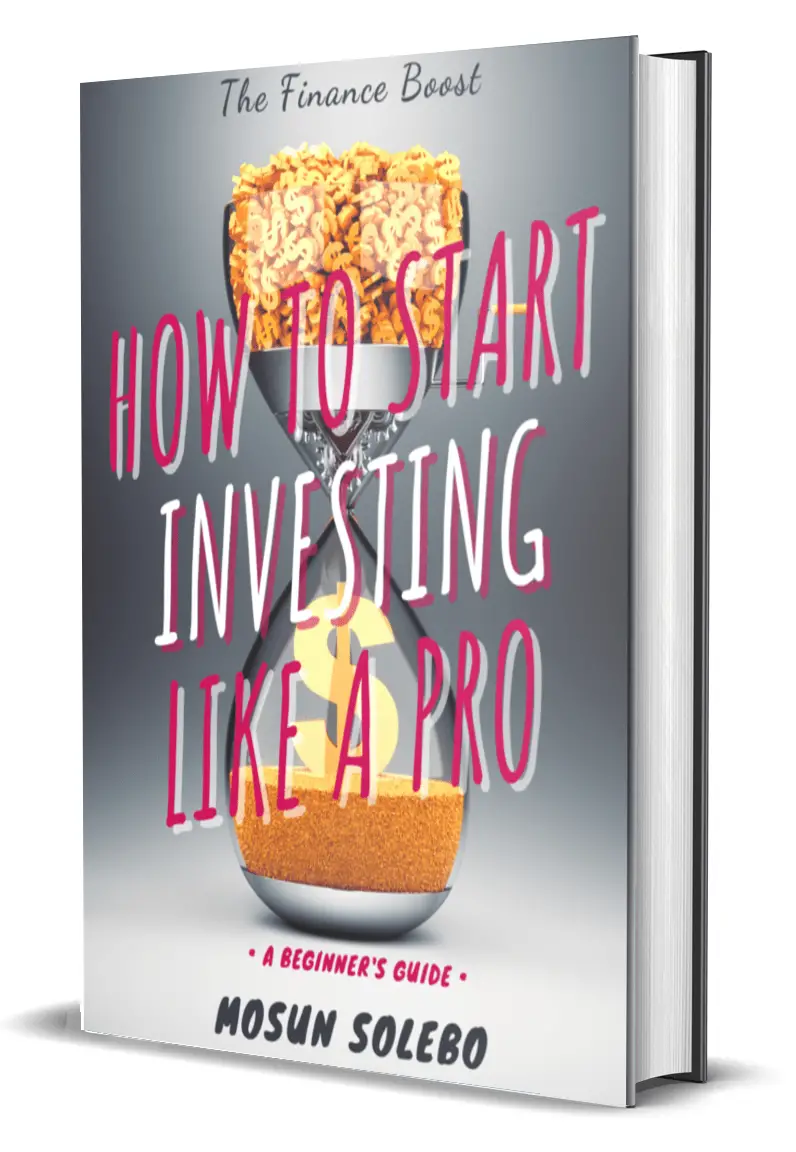






0 Comments